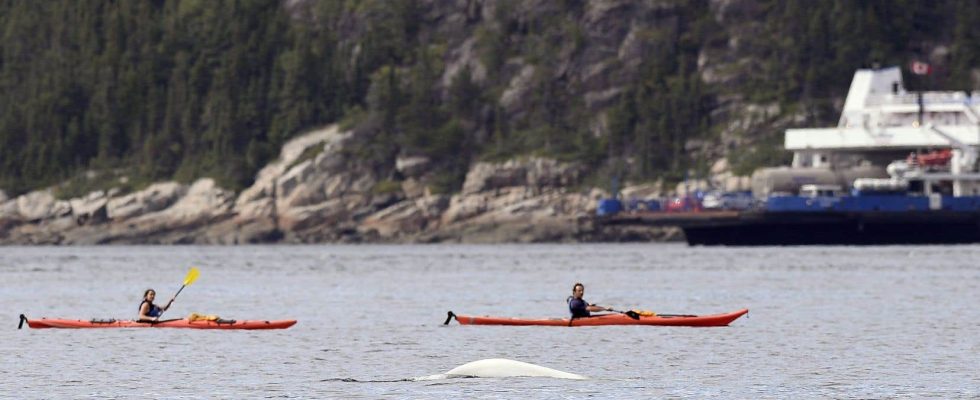Last December, the largest international conference on biodiversity ever organized to date took place in Montreal. This conference, which was set up in just a few months, is now considered a historic moment for biodiversity. The Global Biodiversity Framework from Kunming to Montreal demonstrates the commitment of 196 states to safeguard nature and halt or even reverse biodiversity loss by 2050.
Even before the adoption of this framework, Canada had already set itself the objectives of protecting at least 30% of its lands and waters by 2030, recognizing the contribution of indigenous peoples to safeguarding biodiversity and finally , to fight against pollution and the overexploitation of nature.
From now on, the path we take and the speed with which we act will have enormous consequences for biodiversity, both in Canada and globally. No task as vast and as important as this has ever been undertaken.
Since COP15, we have been working to give the framework from Kunming to Montreal a concrete scope. Last week, Canada was among many countries that agreed to adopt a treaty to protect marine biodiversity beyond national jurisdictions. This historic treaty is the culmination of more than twenty years of work. In 2004, when I was at Greenpeace, a treaty of this nature was only a distant dream. This treaty paves the way for increased funding for marine conservation and the implementation of measures to protect genetic resources as well as the protection of at least 30% of the world’s oceans.
In pursuit of the goal of protecting 30% of our waters, last Friday, the governments of Quebec and Canada announced the expansion of the Saguenay-St. Lawrence Marine Park. By multiplying the limits of this park by four, we will protect the essential habitat of the beluga and other marine species present in the St. Lawrence.
The global framework from Kunming to Montreal gives us targets to achieve in order to safeguard biodiversity. Canada has already begun to translate this framework into concrete actions. Also, from Tadoussac to the Edéhzhíe National Wildlife Area in the Northwest Territories, from protecting old-growth forests in British Columbia to creating a new marine protected area in Nunatsiavut in Newfoundland and Labrador, Canada is fulfilling the commitments made in Montreal.
Hectare by hectare, agreement by agreement, we are taking action to slow down and reverse the loss of biodiversity. A planet where nature takes back its rights begins here, at home, with actions for which we are all responsible.
Quebecers can be proud to have welcomed the entire world last December and to have been privileged witnesses to a historic turning point for biodiversity. The way is traced, we must continue on this momentum. The challenges are many, but together we can do it.
